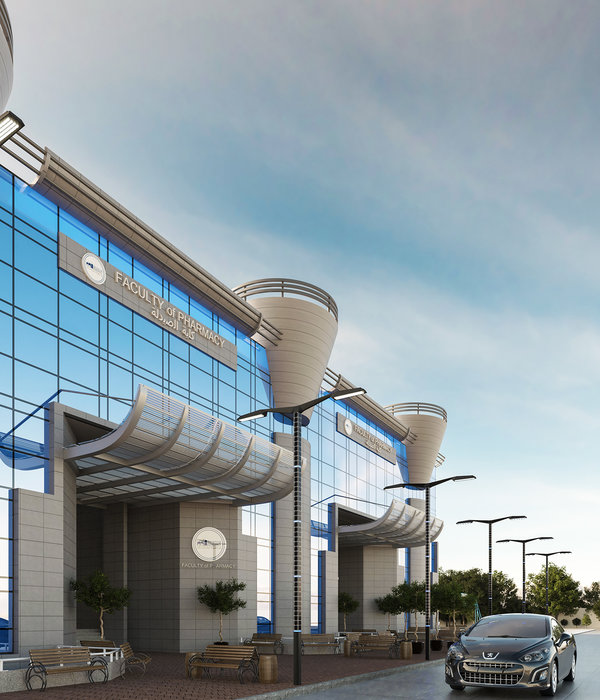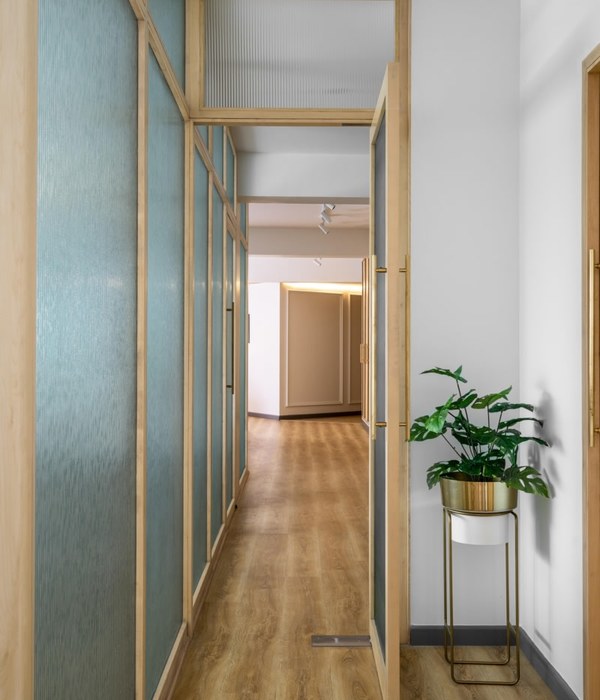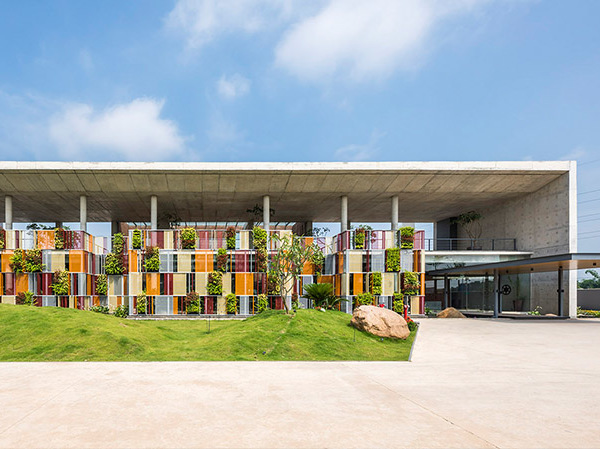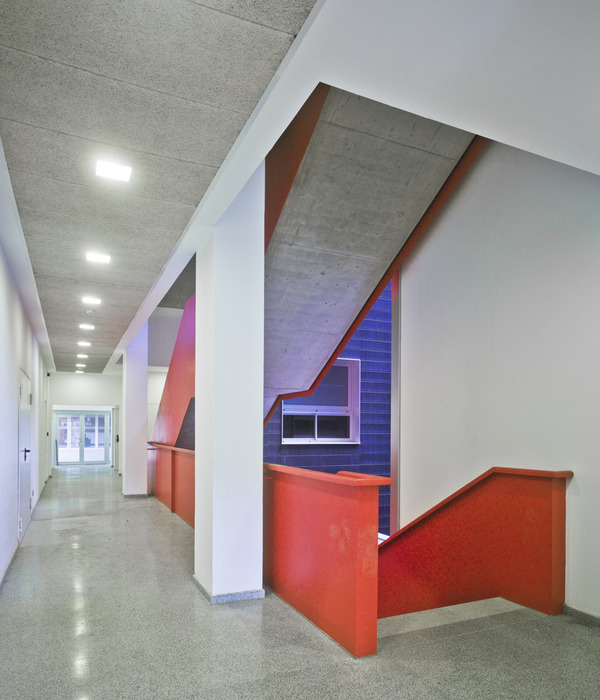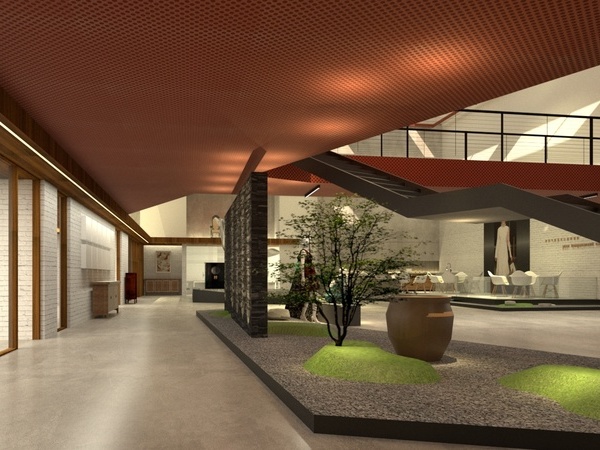Architects:Alventosa Morell Arquitectes
Area:2542m²
Year:2023
Photographs:Adrià Goula
Manufacturers:Viabizzuno
Lead Architects:Josep Ma. Alventosa, Marc Alventosa, Xavier Morell
Architects And Drawings:Joana Tril, Néstor Morro
Execution :Marga Bernadó
Structural Engineering:Masala Consultors
Landscape:De Buena Planta
Installations:Mi Engineering
Installations :Satius Enginyeria
Sustainability:Valeri Laguna
City:Garrigues
Country:Spain
<<If I had to build here for myself, I think I would build in glass because all the views are so beautiful that it is difficult to decide which view would be preferable>> Mr. Mies talking about the Farnsworth House documented in the Ludwig Mies Critical Bibliography Van Der Rohe.
In 2017 we met with the clients for the first time to talk about the possibility of designing a building like a winery, but for the production of organic oil, harvested in the more than 70Ha around it that comprise the Cuadrat Valley estate, in Les Garrigues region, in Catalonia.
It is not a very well-known place, but it is a unique hilly landscape thanks to its different fields of olive TREES, its forests, and its stone terraces. These terraces were built with natural stone (of the same landscape) to cultivate the land in this sloping terrain.
The place chosen to build the oil mill was on a hill formed by residual terraces with few possibilities for exploitation and with stone walls in poor condition. At the top, however, two rock groups stood out with sculptural character and framing views. From the upper terrace, we can see not only the entire agricultural property, but we can also have a spectacular 360º panoramic view.
Once the location was chosen, we understood that the challenge consisted, not only, of designing an architectural reference that would facilitate the production of high-quality, ecological, and innovative oil. It consisted, for the most part, of designing a project that did not alter the secular values of this landscape and environment.
For this purpose, the project is based on two different strategies. On the one hand, 90% of the building is hidden through a staggered layout of its program, adapting it to the original terraces and restoring the stone walls, now transformed into the façade of the oil mill.
Consequently, most of the building is buried, disappearing, following the pattern of the ancient agricultural terraces of the olive fields of Les Garrigues. The roofs become visitable green spaces with native flora and olive trees while the dry stone facades are distributed parallel and at different levels, adapting to the original topography.
On the other hand, the remaining 10% of the building makes a difference. It is a complementary volume to the mill (production space and offices). This is the reception space where you can buy and taste the gourmet products made by the property and the place where you can start the guided tour of the interior of the building. The reception pavilion is located at the top of the hill between two existing sculptural rock groups and enjoying the panoramic views. It is the only visible volume and becomes a landmark, based on a unique and light construction that seeks to be very neutral so as not to compete with the rocks in its surroundings.
This new space avoids any domestic reference and its design is based on an organic shape that adapts itself to the morphology of the two rock groups that delimit it. This uniqueness is materialized from a concrete roof, where its curved perimeter draws the shapes of the natural environment; and a glass façade without any parallel plane that allows us to enjoy the incredible 360º views.
Regarding the materiality of the building, the project seeks sustainability, integration, and respect for the environment. For this reason, the construction uses Km0 natural materials, which are waste from the emptying of the hill before the building process works. 100% of the stone walls are made from the excavation of the same work, just like the earth of the vegetal covers, finished with native vegetation.
At the same time, with the desire to reduce unnecessary CO2 emissions, we have decreased the use of dispensable materials, we take advantage of the load-bearing and mechanical properties of the excavated rock and leave it visible. This fact is fundamental since its harshness is not only a unique construction element of the project but also the use of the thermal inertia of the mountain itself has allowed the creation of a stable environment of 18ºC in winter and summer. As a consequence, we guarantee optimal conditions for oil production and an enormous reduction in the consumption of active cooling systems.
All of these strategies have been designed to satisfy the objective set by the property: to generate a unique experience by creating a symbiosis between an extraordinary oil mill, the experience of haute cuisine, and a moving architectural experience.
Project gallery
Project location
Address:Garrigues, Lleida, Spain
{{item.text_origin}}

